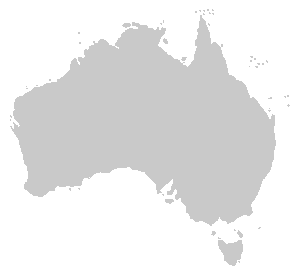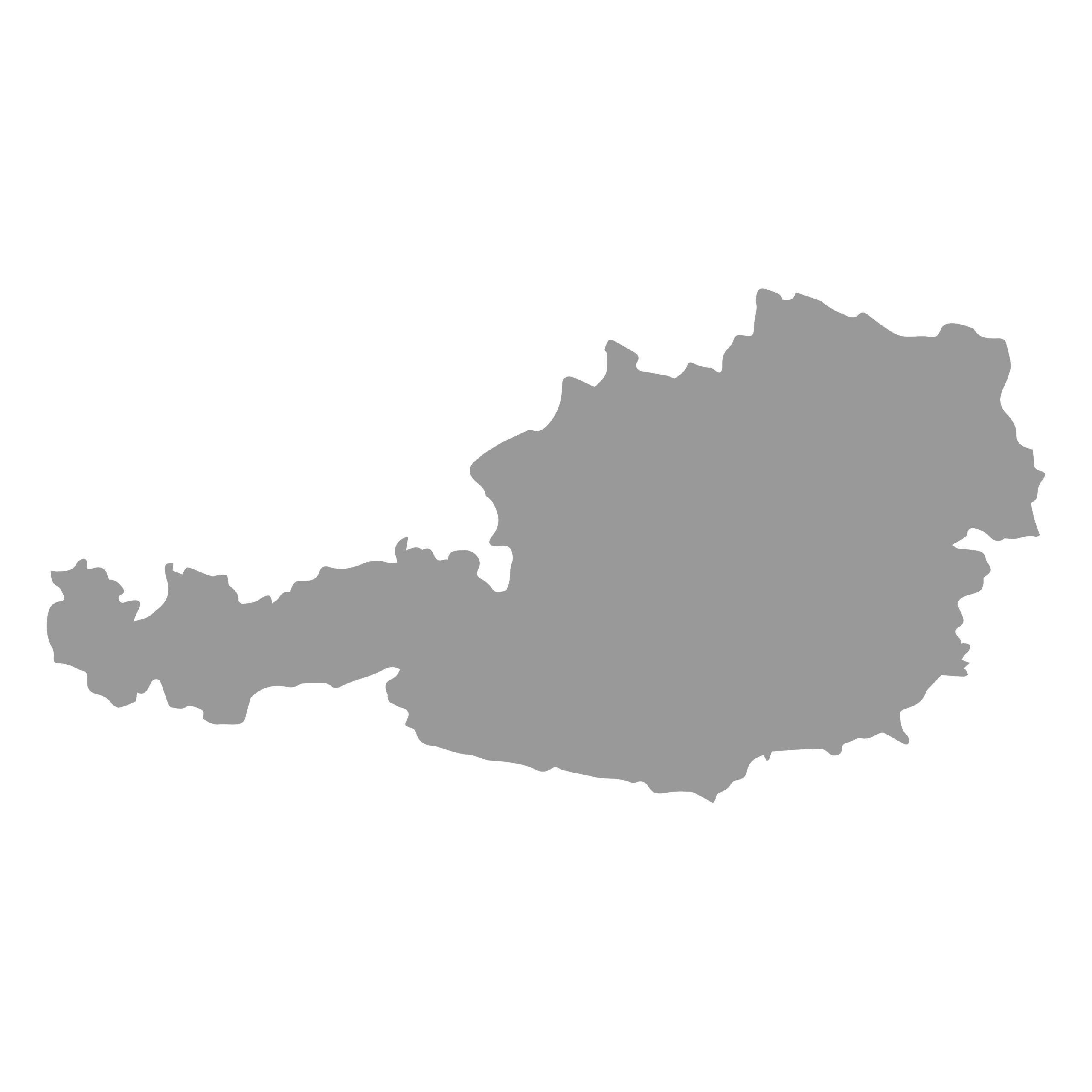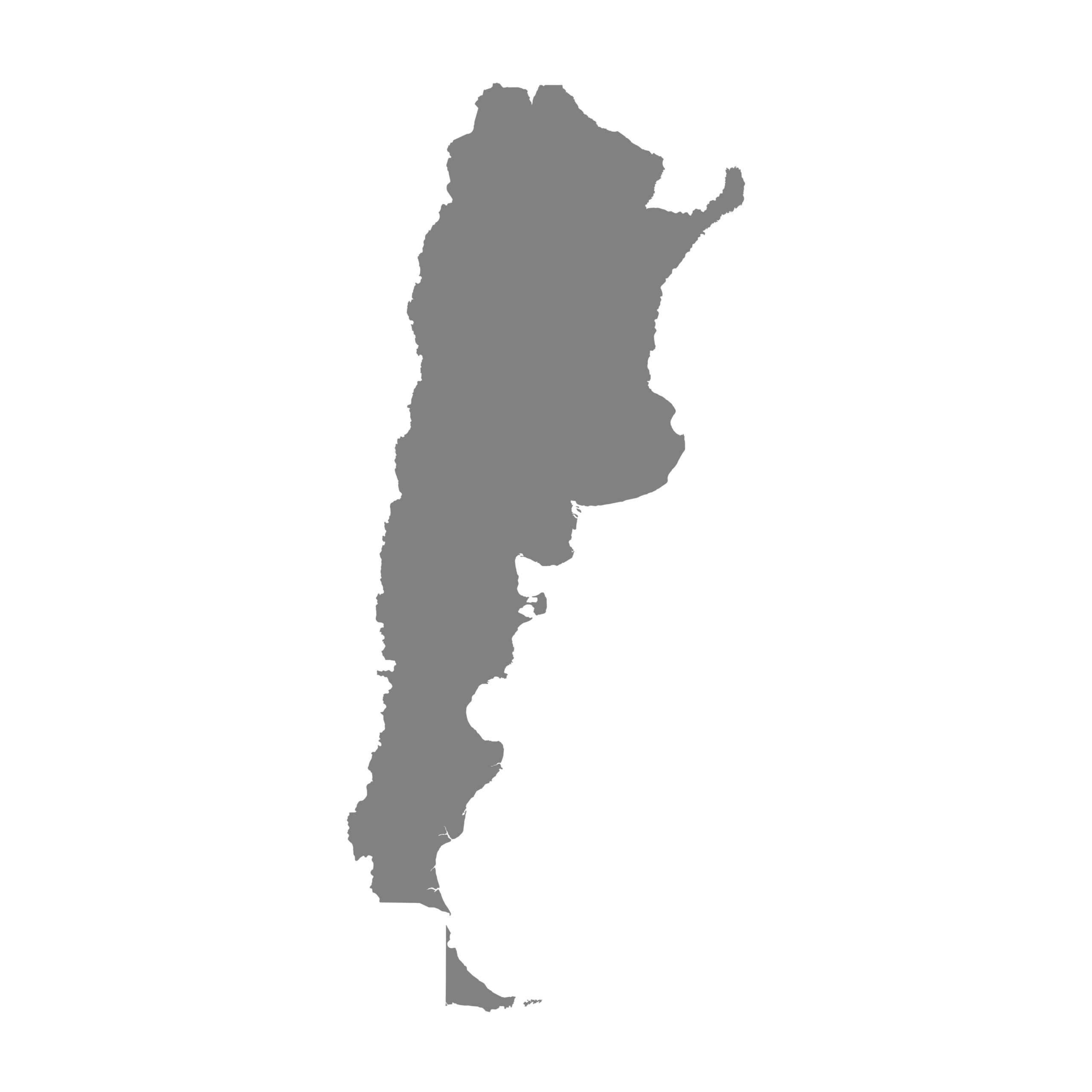According to a new report, Australians are among the world’s top e-commerce spenders, with each consumer spending over $2,700 per year on average within digital shopping platforms. In 2021 approximately half of all Australian internet users aged between 16 and 64 began purchasing online at least once a week, yet Australia ranked below the global average for habitual online shopping.
As you can tell, there is a lot to learn about the Australian e-commerce market…
According to PayPal’s 2021 eCommerce Trends Report, millennials are the largest “Buy Now Pay Later” (BNPL) spenders in Australia, making an average of 2.7 BNPL transactions a month. When it comes to online sales events such as Boxing Day or Black Friday, the percentage of Australians who have used or would consider using BNPL jumps dramatically to 64%.
The report also shows that young Australians are getting smarter about saving money. Not only do they look for discounts when shopping, they are also more likely to return an item after buying it at full price, only to repurchase it at a lower price when it goes on sale. Overall, 50% of Australian shoppers say they dislike paying full price. Even when buying in-store, two out of five Australians say they check online prices on their mobile to ensure they are getting the best deal.
The study further found that, while most Australians prefer to shop in-store (55%), the scales are shifting, with a considerable number of consumers choosing to shop online (45%). Younger shoppers are more likely to buy goods online, with millennials leading the way (70%).
If US English, “cellphones” is the prevalent term.
Impulse buying
Over a third of younger shoppers (34% of millennials and 33% of Generation Z) admit to regretting a sales-driven purchase after making it. Overall, younger Australian consumers are more likely to find the best discounts when shopping online and are also prone to impulse spending because of deals.
Austria
As a result of rising mobile commerce and high levels of cross-border spending, Austria’s e-commerce culture is evolving.
Let’s delve a little deeper into Austria’s e-commerce market to see who’s competing with whom and what’s hot online.
Shopping habits
In 2020, the country’s GDP per capita ranked 17th in the world at $48,105.36 and Austria’s rapid e-commerce development makes it a market worth exploring.
Online shopping is becoming increasingly popular in Austria and the pandemic has accelerated this trend. According to a survey of 3,500 Austrians over the age of 18 conducted by Mastercard Austria, 85% of Austrian consumers now shop online at least once a month, while 42% report making an online purchase at least once a week. 71% of consumers stated that they have significantly increased their online shopping frequency since the outbreak.
Electrical goods are the most popular type of product sold online in Austria, with 62% of consumers making such purchases. Fashion and clothing (61%) are the most popular product categories, followed by books, board games, and toys (58%). The survey also shows that Austrian consumers spend an average of $2,000 per year online and that, overall, Austrian men are more likely to shop online than women, with high-income households shopping online more frequently than low-income households.
Hot sellers
E-commerce transactions in Austria grew by 18% to reach $9.58 billion in 2020. Food and personal care products represented the fastest growth categories, followed by furniture and household appliances. The top e-commerce market segment was fashion, with sales of $6 billion.
The mobile commerce market in Austria is worth €0.7 billion. At the moment, only 7.8% of e-commerce transactions are conducted on mobile devices. Although this is a low starting point, mobile shopping is rapidly growing. An estimated 1.3 million Austrians now use their smartphone for online shopping, a 17% year-on-year increase.
In short, the Austrian e-commerce market has the potential to become a key driver of the country’s economic growth; merchants can choose the right products to gain ground in the Austrian e-commerce market that match Austrian consumer habits.
Argentina
90% of connected Argentinian adults (18.3 million people) have made at least one online purchase. Argentina’s e-commerce grew by 124% in 2020, following a 76% increase in 2019. Growth in 2021 was also high (29%), in part owing to the prolonged store closures imposed by the COVID-19 pandemic. Credit cards were used to make 78% of total sales.
Let’s delve a little deeper into Argentina’s e-commerce market to determine who and what matters
E-commerce has grown tenfold in Argentina over the past two decades, and the COVID-19 pandemic has sent e-commerce sales soaring, with Argentina now recording 1.3 million online shoppers.
Demand for household products, food, apparel, sports equipment, health and beauty, office and computer supplies grew strongly over the past year. The most noticeable is the significant growth in demand for arts and crafts materials, with more and more customers collecting this type of product at pickup points. The pickup point approach reduces shipping costs and involves both buyers and sellers, rather than leaving buyers at home waiting for delivery.
Different studies agree that consumer delivery expectations are changing and the pickup option is gaining acceptance. Indeed, this delivery method is expected to become more common in the coming years. This trend will certainly be consolidated in Argentina as well.
The year 2020 saw a dramatic shift in the way Argentinians shop, with online shopping growing by 106%, bringing greater competition, challenges, and constant change. With the growing popularity of this type of shopping, e-commerce is now shaped by new logistical parameters, such as increased expectations for fast delivery times, real-time tracking, free and easy returns, and websites optimized for purchases made via mobile devices. Successfully addressing these e-commerce challenges and developing strategies to overcome them is important to remain competitive in the marketplace.


